10 Times Dogs Became Heroes By Protecting Against Invaders
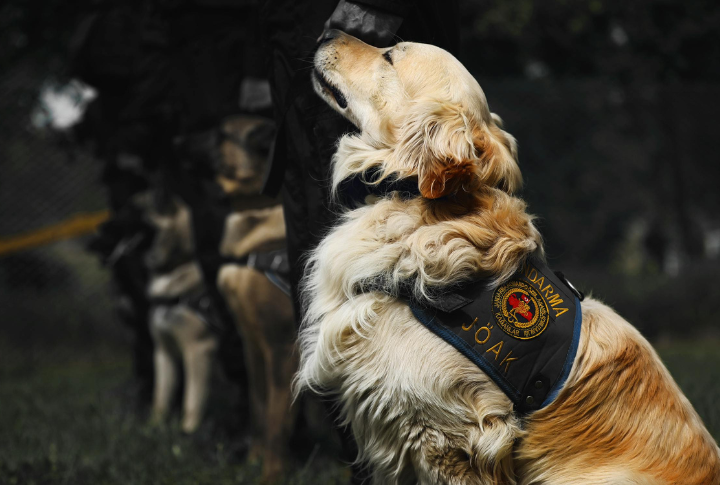
Who would’ve guessed that man’s best friend would become nature’s secret weapon? Here are 10 incredible moments when dogs became heroes by joining the front lines of environmental conservation and sniffing out invasive species with their incredible noses.
Invasive Plants In The U.S.
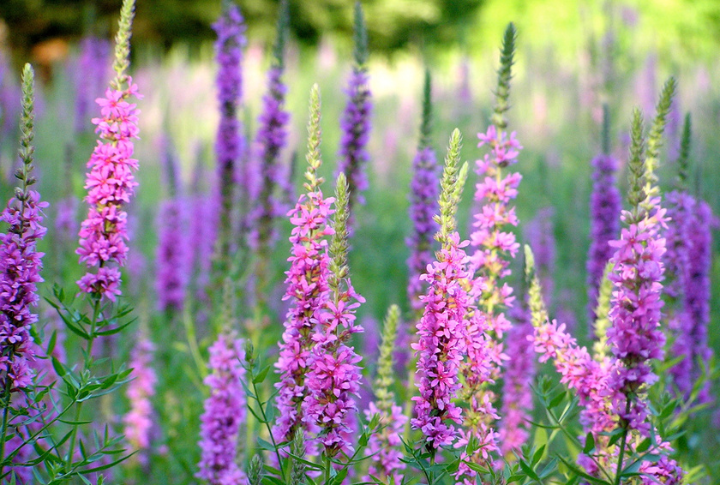
Purple loosestrife and garlic mustard don’t seem intimidating, but these plants can destroy entire ecosystems. Detection dogs were trained to track the scent of these plants even when they were hidden among native vegetation. Their work helped conservationists quickly identify areas where invasive species were growing, preventing further spread and damage to ecosystems.
Cane Toads In Australia
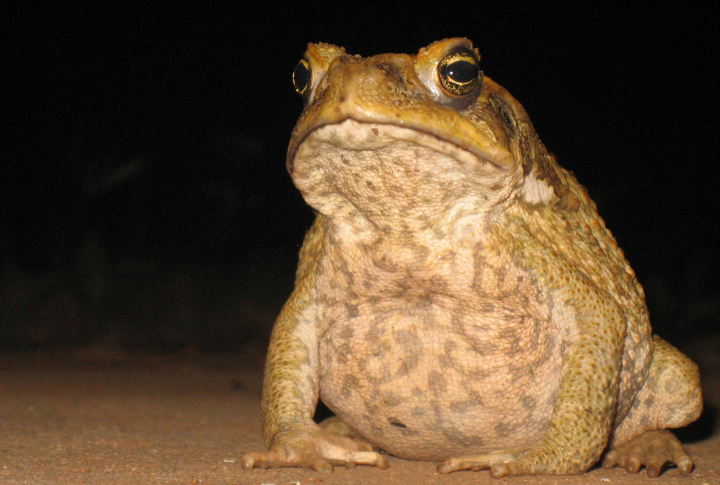
Cane toads are the unwanted guests that just won’t leave Australia. Toxic to native reptiles and amphibians, they’ve wreaked havoc on local wildlife. But thankfully, canines, with their incredible scent-tracking abilities, have joined the fight. These four-legged detectives help conservationists pinpoint toad hotspots, allowing for targeted removal efforts.
Mice On Antipodes Island, New Zealand
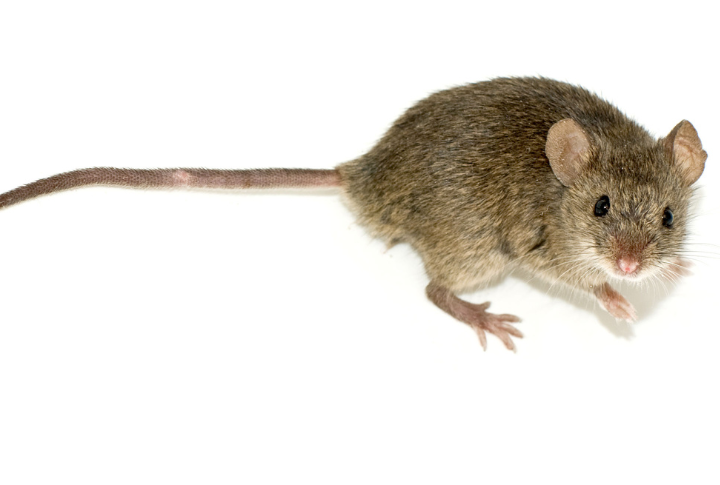
Mice are a significant threat to New Zealand’s endangered bird species, particularly on islands like Antipodes Island. Trained dogs located and eradicated mice, and they helped to save species like the Antipodes Island parakeet. These efforts, alongside aerial drops of poison, helped restore balance to the island’s ecosystem.
Japanese Knotweed In The U.K.
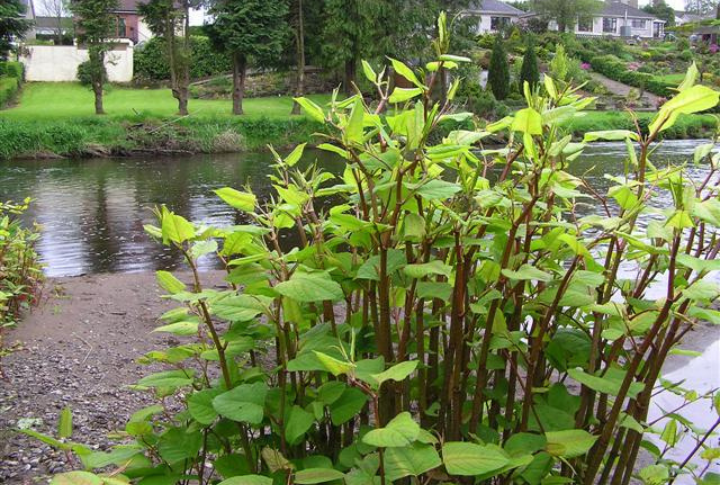
Japanese knotweed is the houseguest that never leaves—its roots can grow through concrete. In the U.K., German Shepherds are being used to detect this stubborn plant. Their powerful noses help identify hidden root systems, and it enables conservationists to remove infestations more effectively. It’s a dog-versus-weed battle, and the dogs are winning.
Snakes In Everglades, Florida
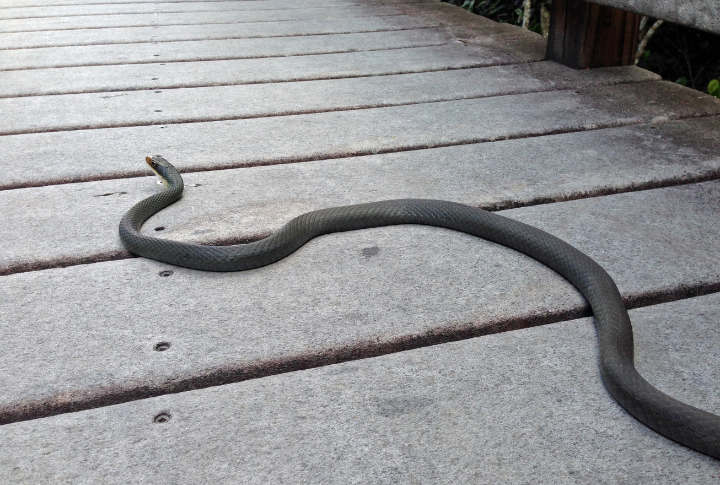
The Burmese python is an invasive snake species that has been wreaking havoc on Florida’s Everglades since the 1980s. It wasn’t until trained dogs were introduced to find the pythons in the dense vegetation that wildlife officials were able to remove them, minimizing their destructive impact on local wildlife.
Emerald Ash Borers In North America
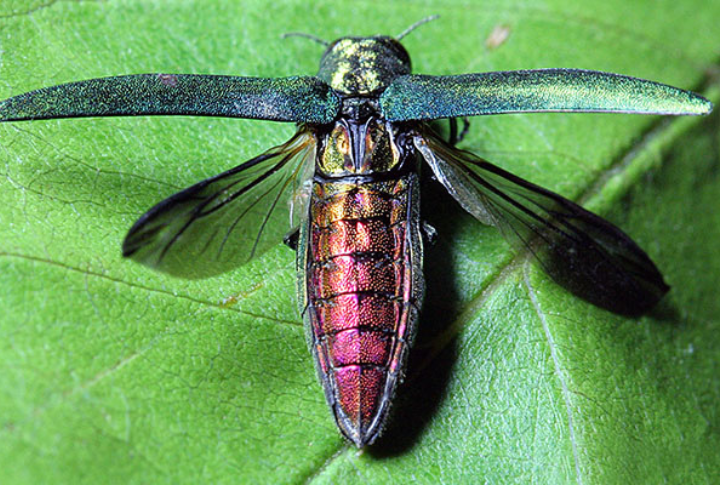
Emerald ash borers are tiny but devastating, killing millions of ash trees across North America. By the time you see the damage, it’s usually too late. That’s where detection dogs come in—they can sniff out the beetles’ larvae before they start their destruction. Thanks to these early warnings, conservationists can intervene before the trees are beyond saving.
Invasive Worms In Alaska
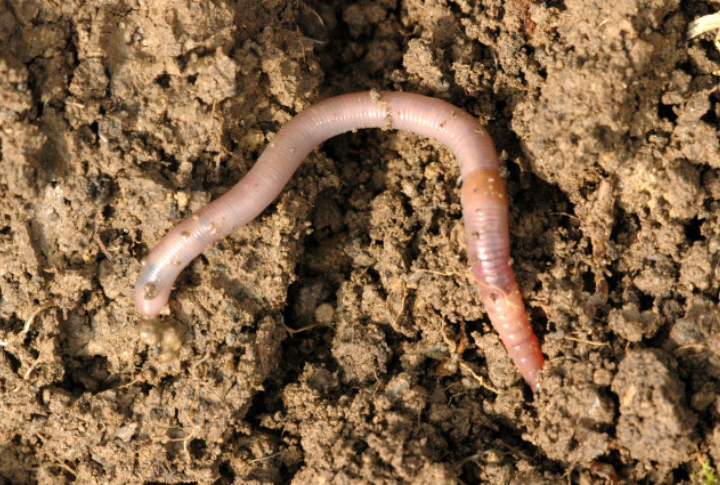
Invasive earthworms might not sound threatening, but in Alaska, they’re changing the soil and threatening native plants. Conservationists have turned to dogs to locate worm hotspots. These pups are trained to detect earthworm scent trails, helping pinpoint affected areas. It’s a dirty job, but these dogs are helping preserve Alaska’s delicate ecosystem one sniff at a time.
Ant Invasion In Hawaii
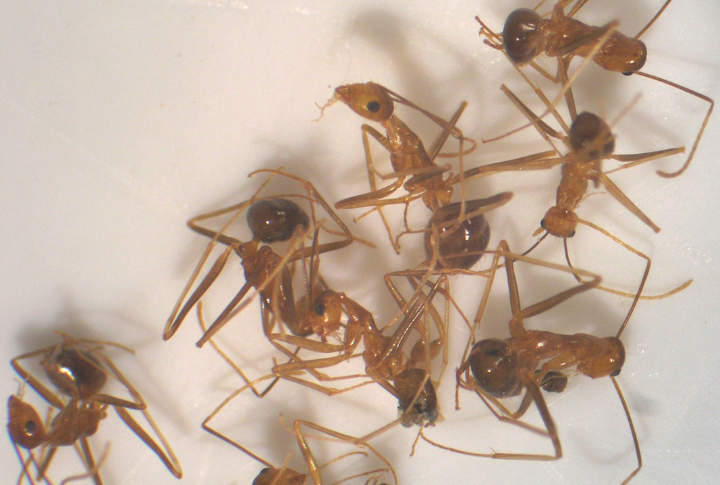
The Argentine ant has become a major threat to Hawaii’s ecosystem, particularly to native plants and insects. Conservationists in Hawaii began using canines to sniff out ant colonies, particularly in remote areas where traditional methods couldn’t reach. This canine assistance has been vital in containing ant populations and protecting native wildlife.
Detection Dogs Against Dyer’s Woad
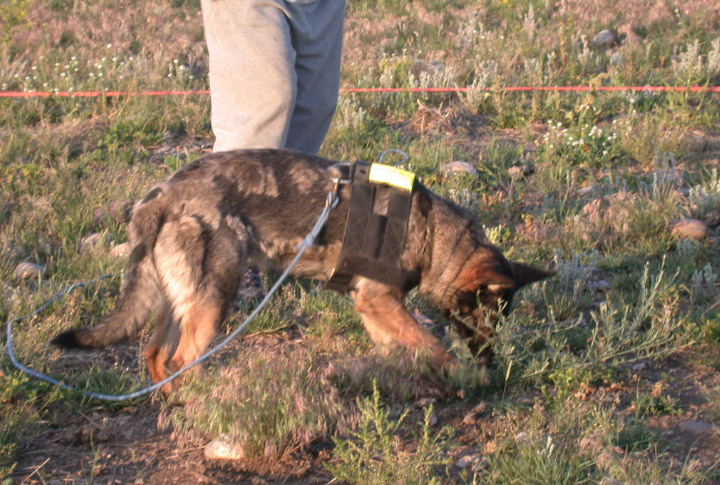
On Montana’s Mount Sentinel, dyer’s woad has been choking out native plants for years. Working Dogs for Conservation trained dogs to sniff out this stubborn invader. These dogs don’t just find visible plants—they detect underground roots, preventing regrowth. Their efforts have reduced dyer’s woad by 99.8%, showing the power of paws in conservation.
Invasive Weevils In California
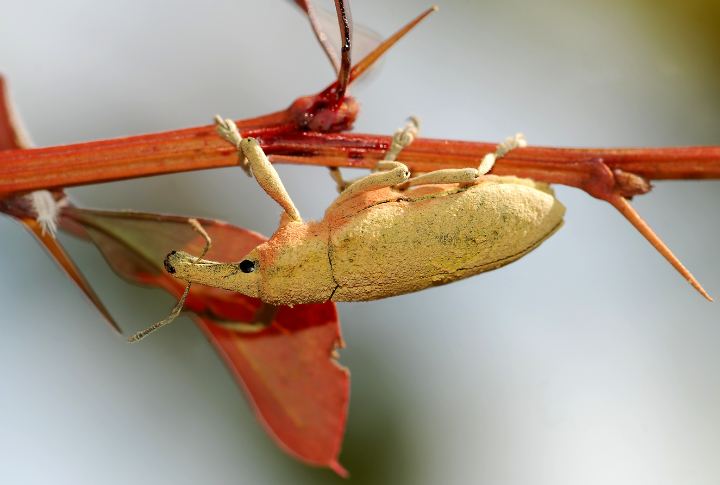
The red gum lerp psyllid has been damaging eucalyptus trees in California until detection dogs were introduced to track the presence of these pests by sniffing out infested trees. By identifying areas with high psyllid populations, canines have helped minimize the damage to California’s eucalyptus forests.





